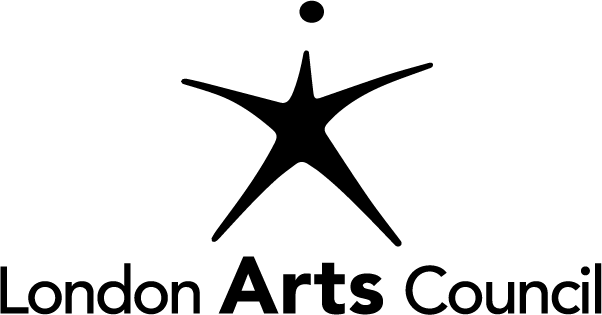The old Embassy Hotel was located at 732 Dundas Street East at the heart of the Old East Village. The Embassy Cultural House was established in 1983, as a community-driven gallery and hosted interdisciplinary programs. It closed its physical doors in 1990. In 2020 the Embassy Cultural House was re-envisioned as a virtual artist-run space and community website.
0 Comments
From the archives: July 2012 London Free Press article written by James Reaney about the Museum London survey exhibit on the Embassy Cultural House (ECH). Independent curator Bob McKaskell (1943-2020) based the exhibit on his research of the ECH archives and conversations with the artists associated with the collective.
In 1978, the owner of the Embassy Hotel, Helen Haller, commissioned her sister, artist Jamelie Hassan, to paint a series of watercolours related to the Embassy, its workers, and residents. The watercolours, a tribute to life in London east neighbourhood, were on display in the hotel lounge for many years. Helen donated these historic watercolours to Museum London's permanent collection in the summer of 2019. One of these watercolours, Embassy at Nite, will be featured on one of the facade wall of Indwell's new affordable housing project on the site of the old Embassy Hotel (744 Dundas Street) named the "Embassy Commons" in tribute to the location’s past cultural history. The new name was officially announced at the Hope@Home Virtual Gala on June 12, 2020. Hassan Law was a sponsor of the event. For more information, please go to Indwell's page on the the project. Past, present, and future visions: the original foundations of the Embassy Hotel & Cultural House8/28/2020 Uncovering of the foundation of the former Embassy Hotel, August 26, 2020 - the site of Indwell’s affordable housing project the Embassy Commons. Photo Credits: Graceview Enterprises Limited Many thanks to London musician Paul Aitken, who has made available his personal archive of posters, promotional pamphlets, and press clippings that he received from Eric Stach almost 30 years ago. Eric was a huge influence on Paul as a developing musician, and Paul went on to run similar music projects of his own over the intervening years. Paul's current project is influenced by Eric's free improvisation is the trio Aitken | Clark | Peacock, which you can learn about and listen/watch here. To see the full collection of posters visit Eric Stach's page. A big thank you to Esther Vincent for sharing with us drawings by her father, Don Vincent, from his sketch book done circa 1990 at the Embassy Cultural House. The drawings were done during Eric Stach's regular Free Music Unit performances which were held weekly on Thursday nights. Don Vincent, (1932-1993), a graduate of H.B. Beal Art and husband of London artist Bernice Vincent (1934-2016), worked as a graphic designer at London Life, but he was well-known for his documentary photographs of the art scene in London, Ontario. Don’s photographic archive is in the collection of the McIntosh Gallery, Western University, London, Ontario. Bernice and Don were avid supporters of the Embassy Cultural House and regulars at Eric Stach's Free Music Unit events. These drawings capture the energy and dynamism of these musical events and the Embassy Cultural House era.
|
ECH NEWSUpdates on the London Arts Community Archives
June 2024
Categories
All
|
|
EDITORIAL TEAM
ONLINE FOUNDER Tariq Hassan Gordon COFOUNDERS & CURATORIAL ADVISORS Jamelie Hassan & Ron Benner ADVISORY CIRCLE Samer Abdelnour, Marnie Fleming, Wyn Geleynse, Fern Helfand, S F Ho, Lorraine Klaasen, Judith Rodger, Ruth Skinner, Mary Lou and Dan Smoke, and Lucas Stenning COORDINATING EDITORS Tariq Hassan Gordon & Olivia Mossuto CONTRIBUTING EDITORS Blessy Augustine, Anahí González, Ira Kazi, Shelley Kopp, Ashar Mobeen & Michelle Wilson. VIRTUAL TOUR Andreas Buchwaldt |
SUBSCRIBE TO THE MAILING LIST
OUR STORY
Artists Jamelie Hassan and Ron Benner and jazz musician Eric Stach founded the Embassy Cultural House (1983-1990) located in the restaurant portion of the Embassy Hotel at 732 Dundas Street in East London. In 2020, at the height of the COVID-19 pandemic, the Embassy Cultural House was re-envisioned as a virtual artist-run space and website.
|
The Embassy Cultural House gratefully acknowledges the support of the Canada Council for the Arts, the Ontario Arts Council and the London Arts Council through the City of London's Community Arts Investment Program.
The Embassy Cultural House is thankful for the mentorship program established by Western University's Visual Arts department and the continued support of the students and Faculty of Arts & Humanities.
|
Our Partners
E M B A S S Y C U L T U R A L H O U S E . C A
The Embassy Cultural House (ECH) is located on the traditional lands of the Anishinaabek, Haudenosaunee, Lūnaapéewak, and Chonnonton peoples, at the forks of Deshkan Ziibi (Antler River), an area subject to the Dish with One Spoon Covenant Wampum and other treaties, colonized as London, Ontario. The ECH strives to create meaningful relationships between the Indigenous Peoples of Turtle Island and our contributors. The ECH honours the stewardship of the many Indigenous peoples who have resided on these lands since time immemorial.
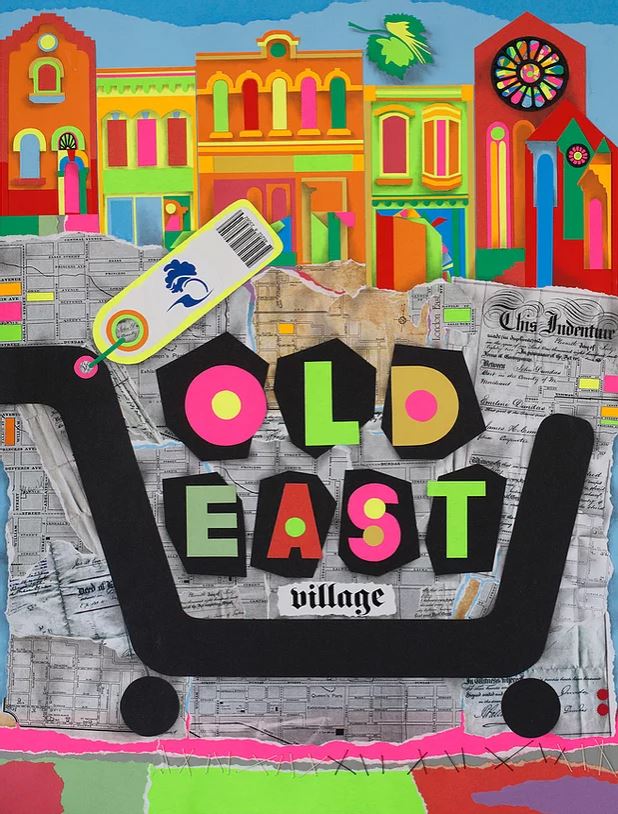
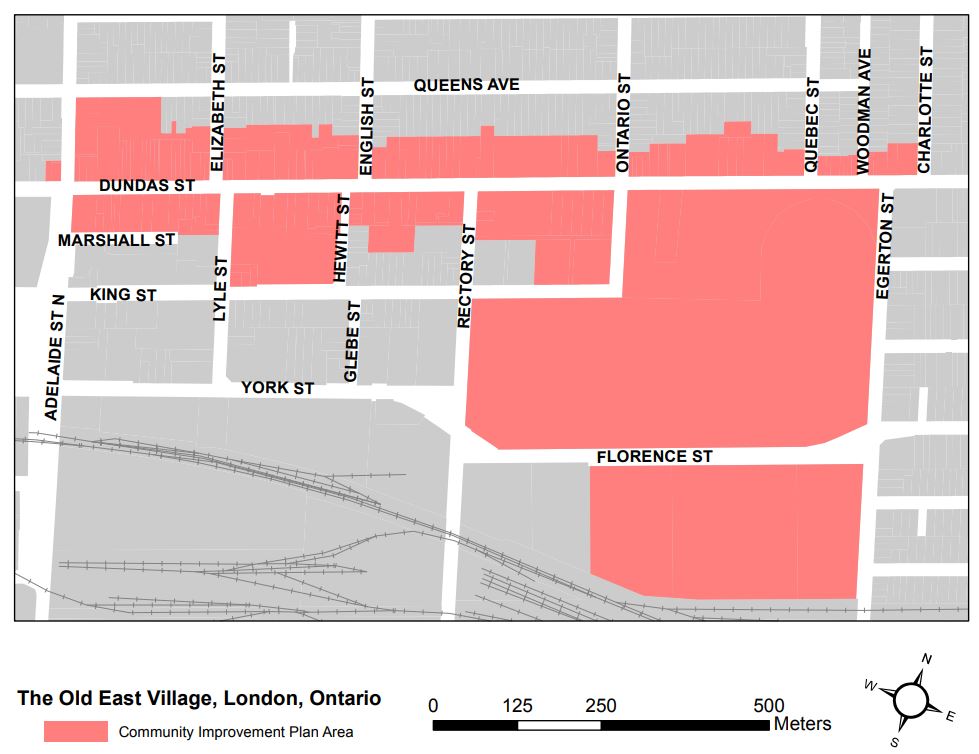
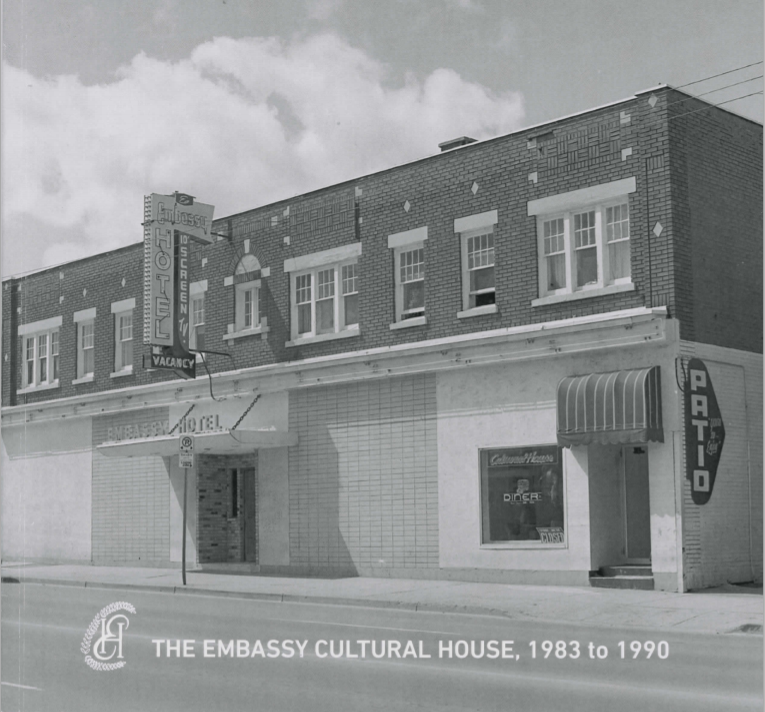
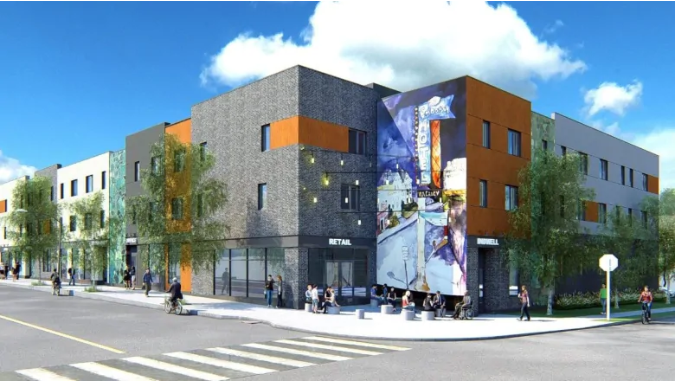
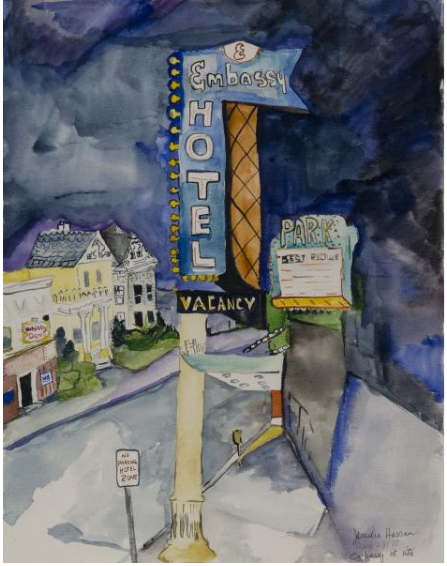

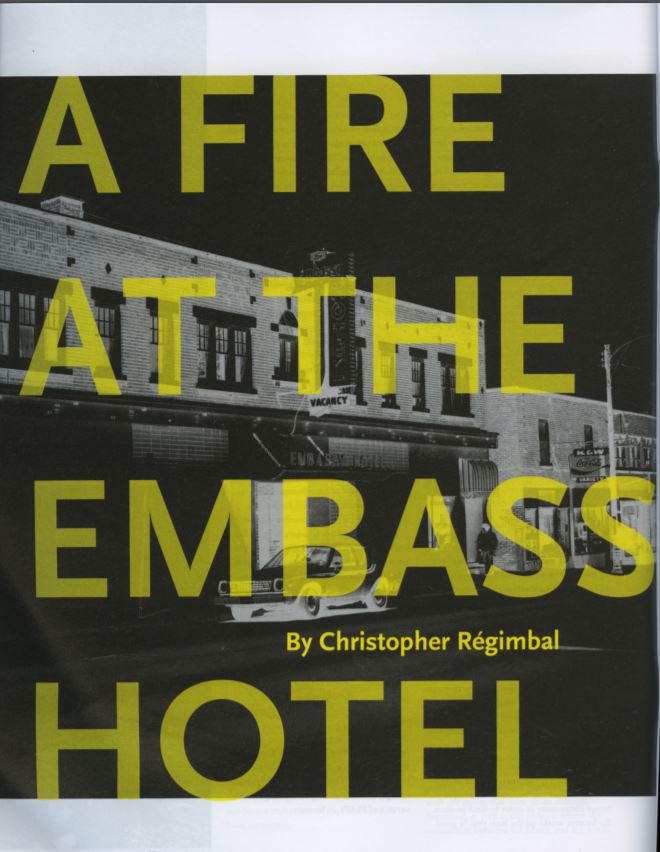
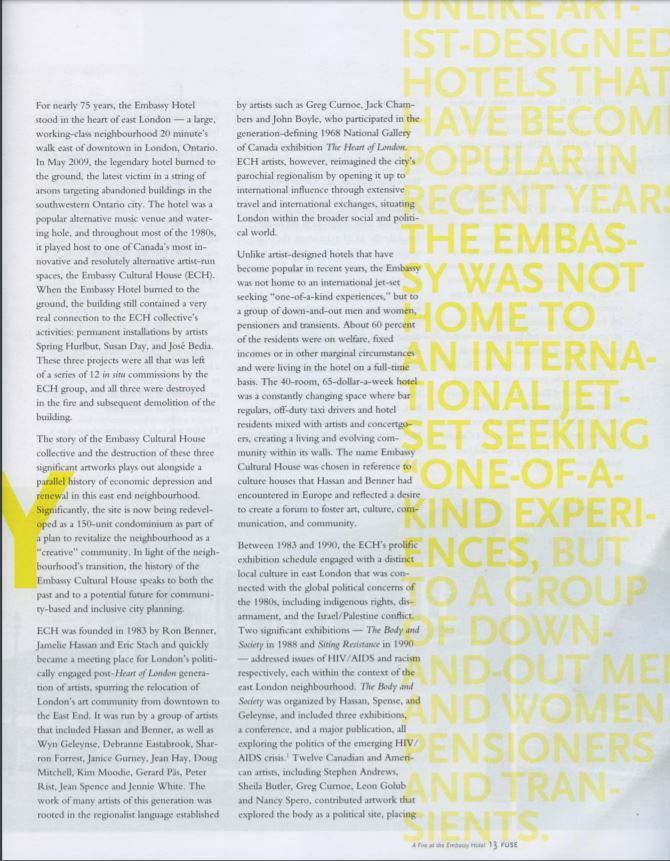
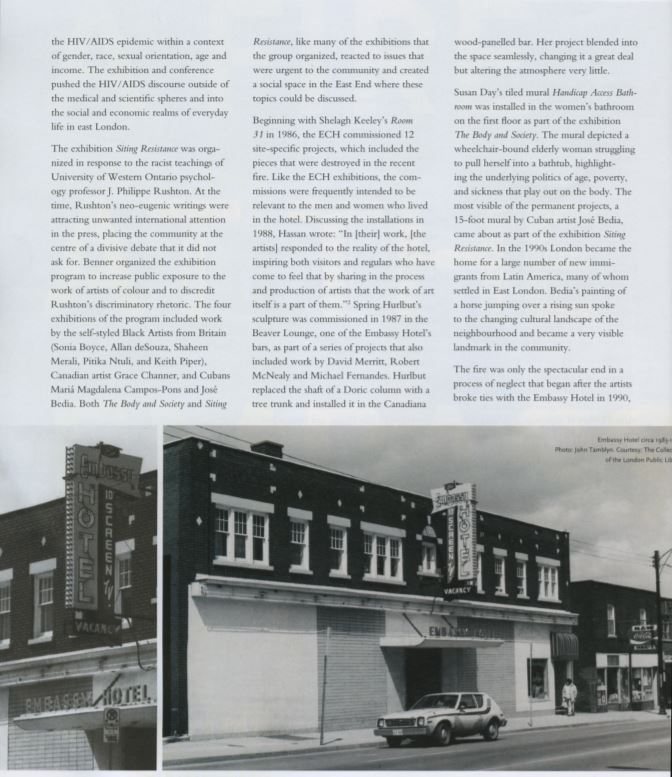
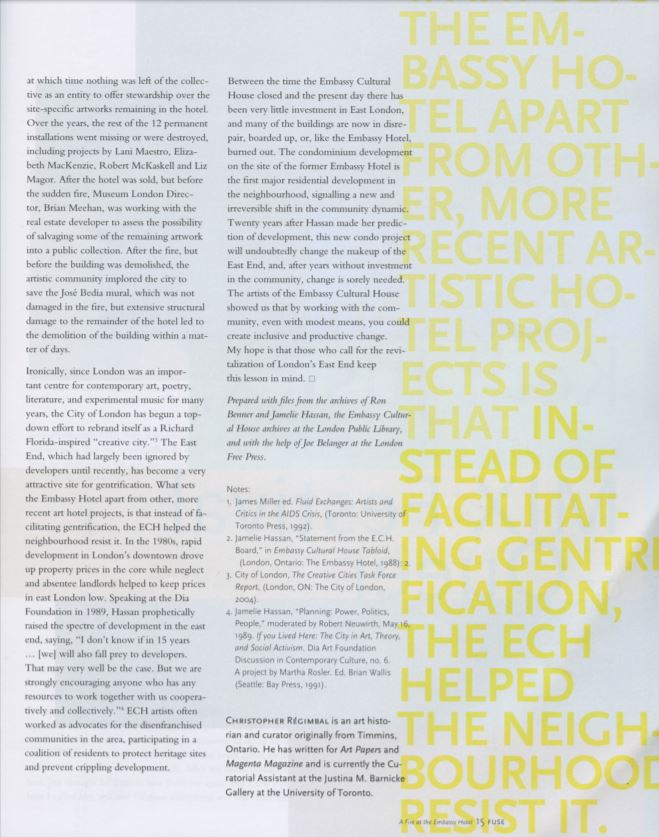
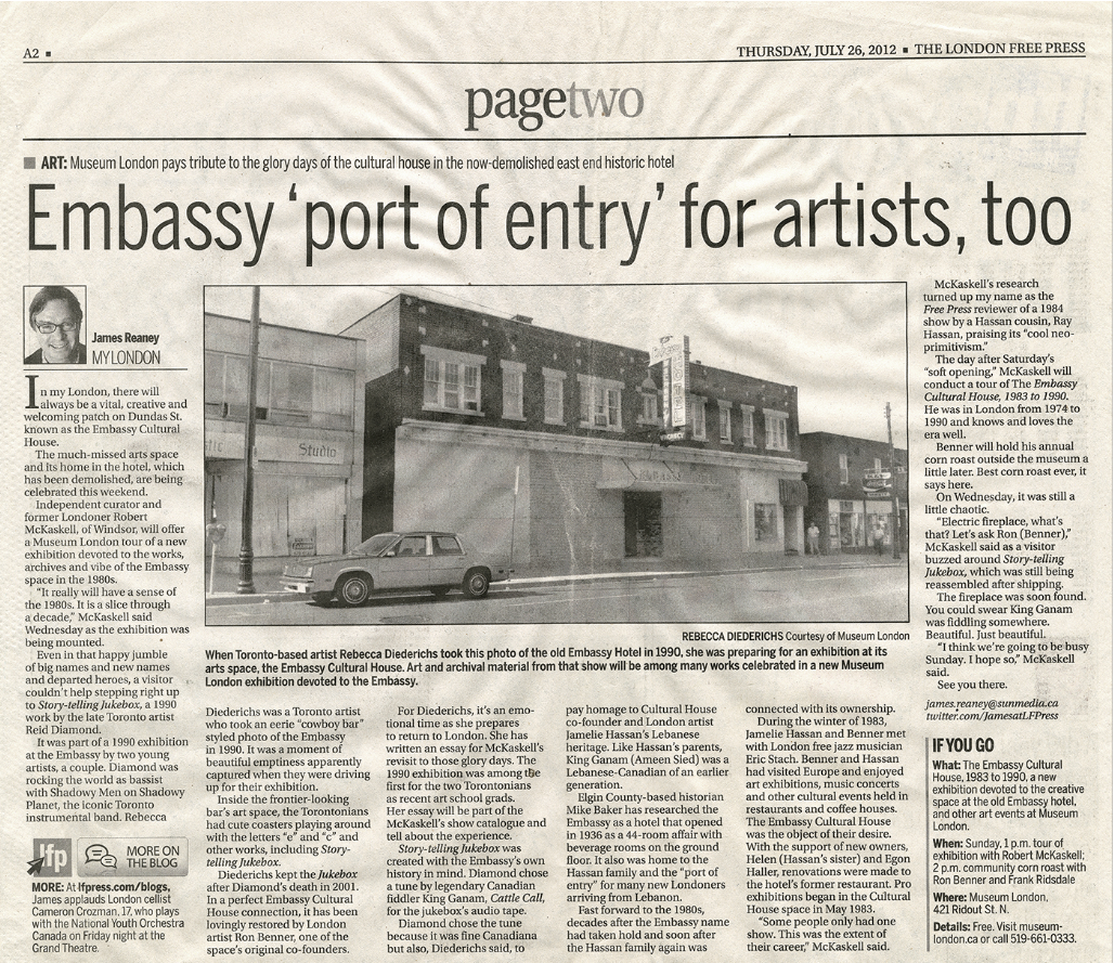
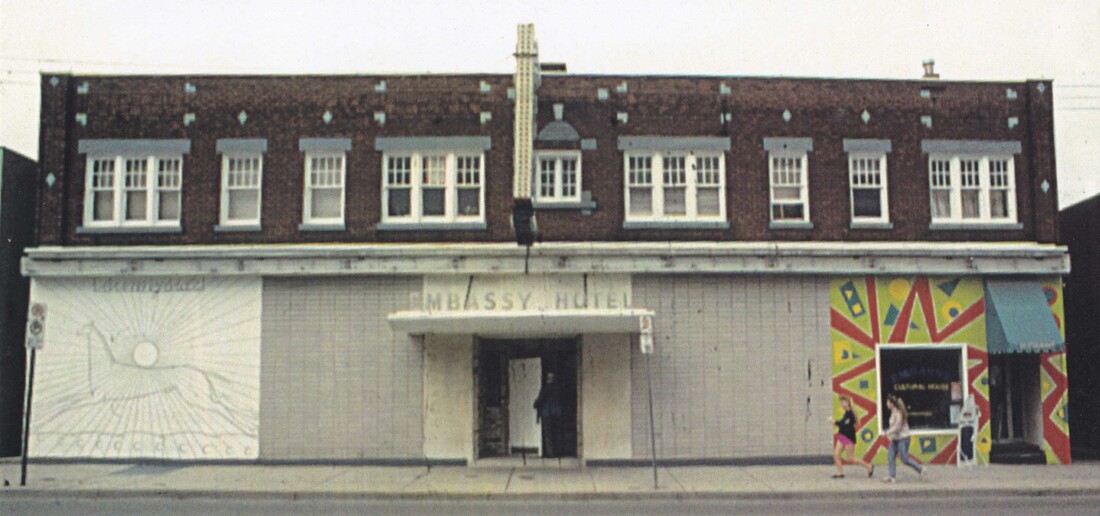
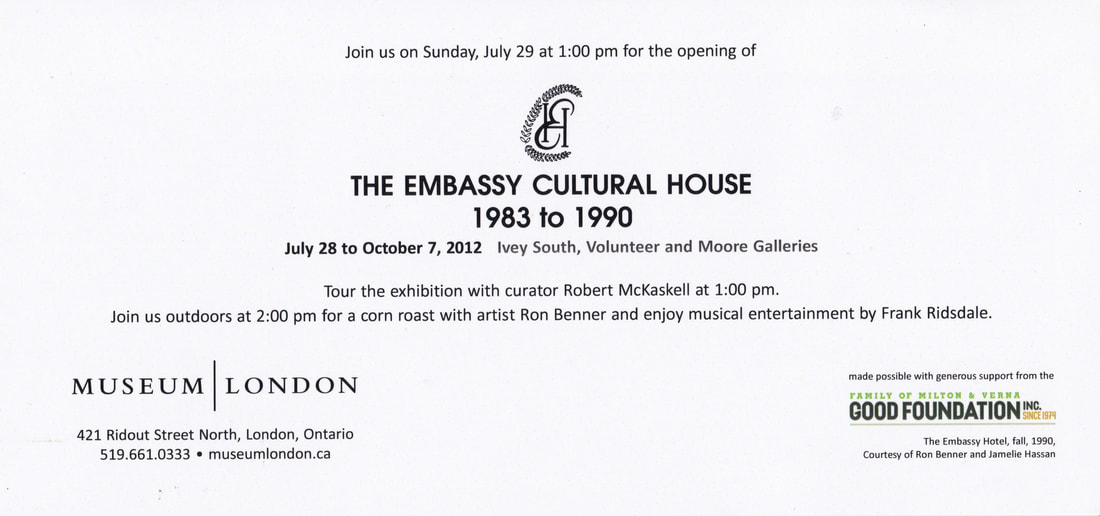
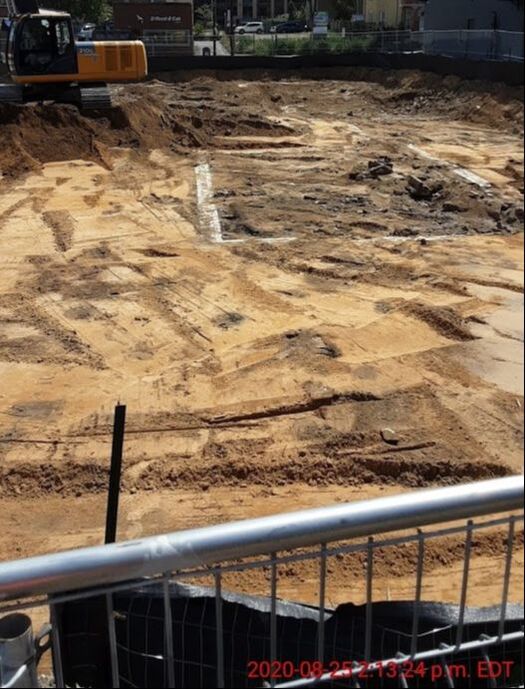
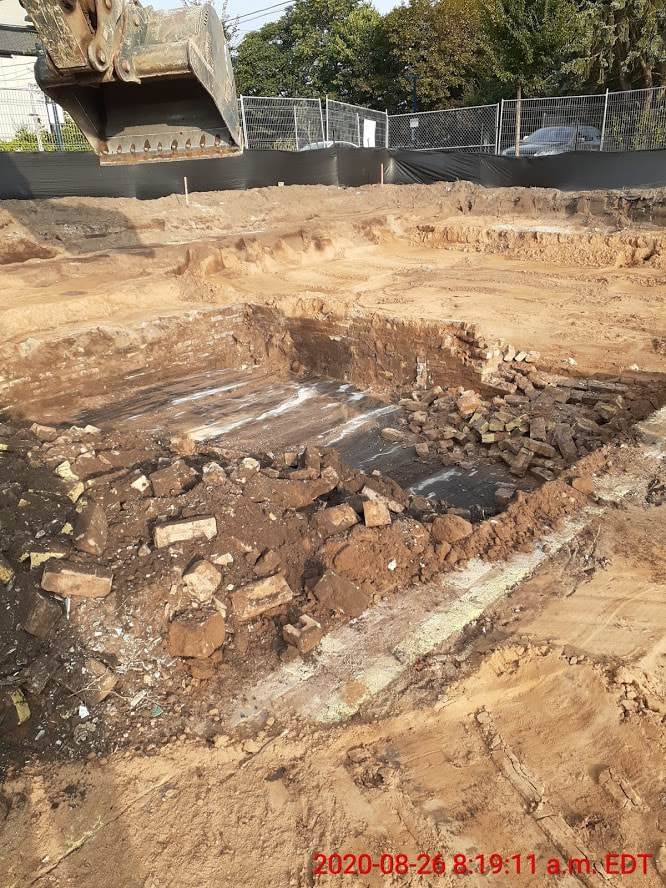
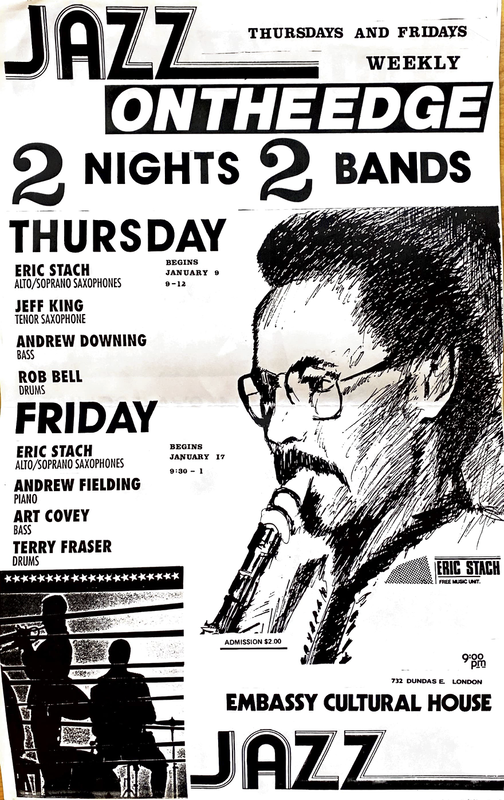
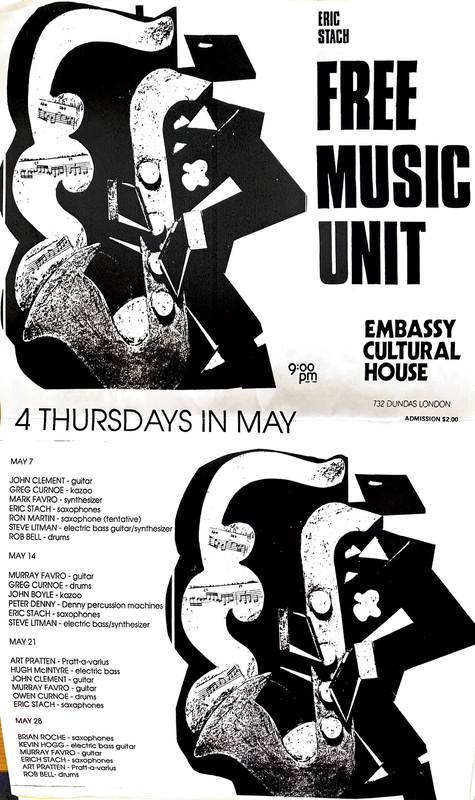
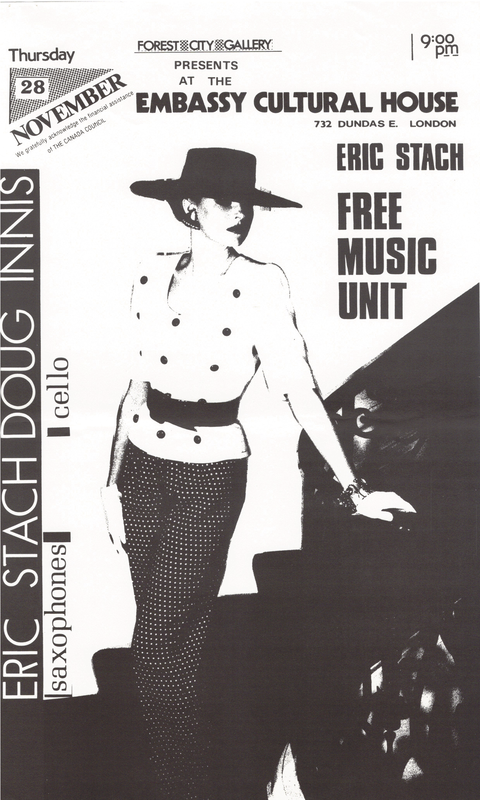
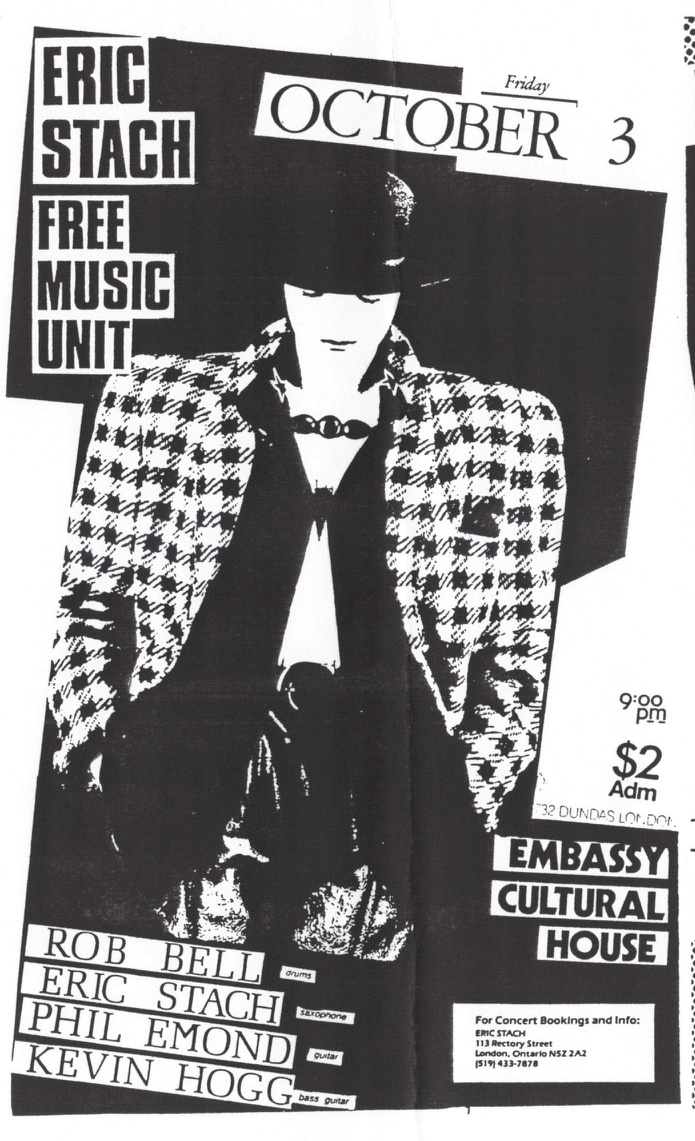
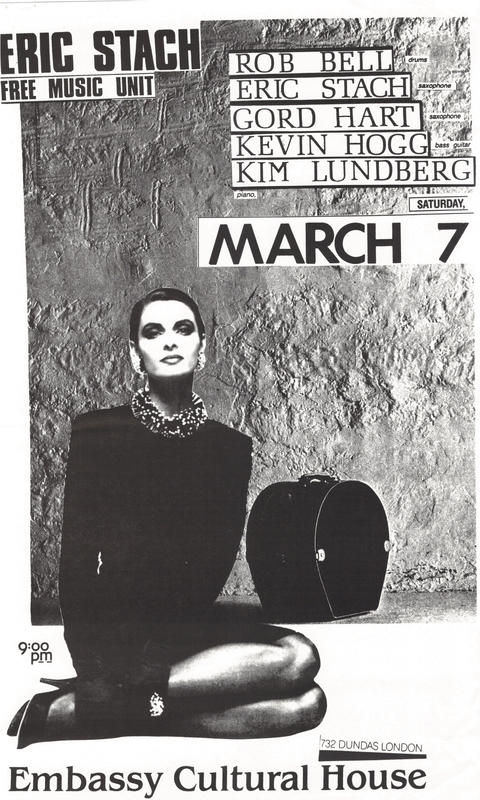
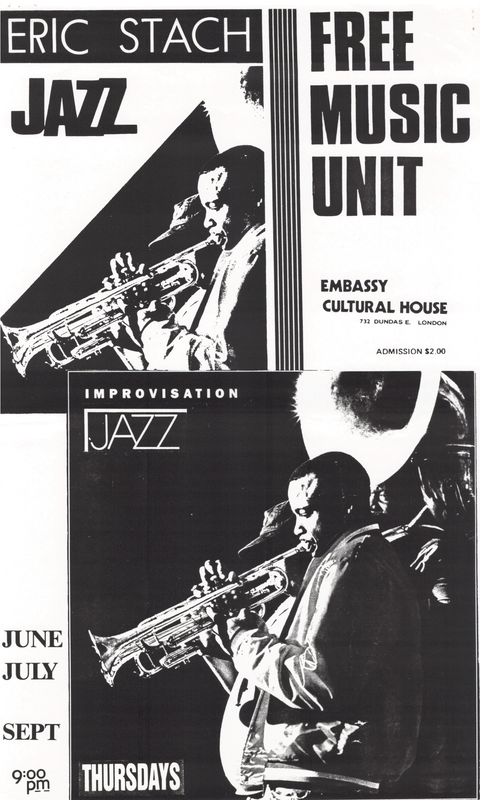
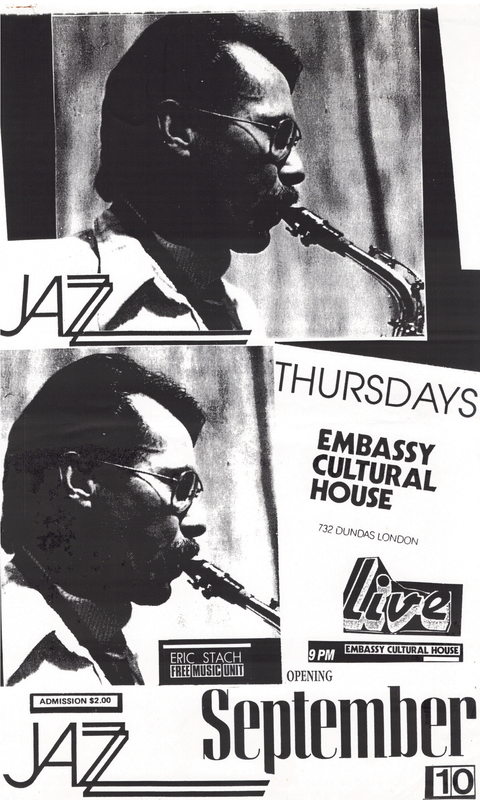
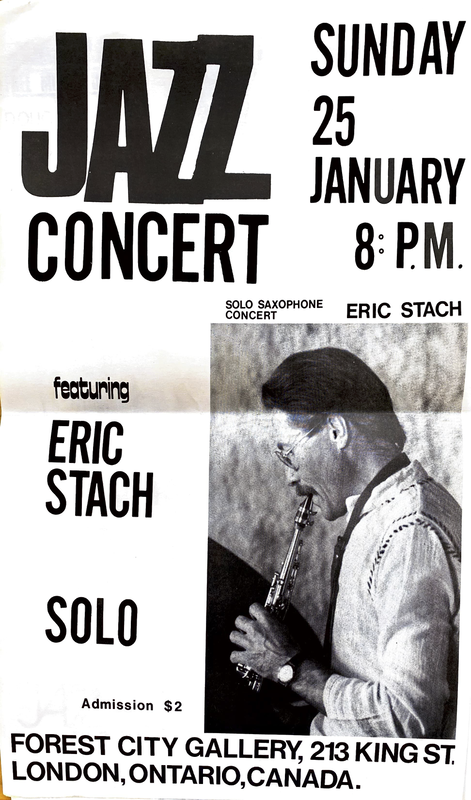
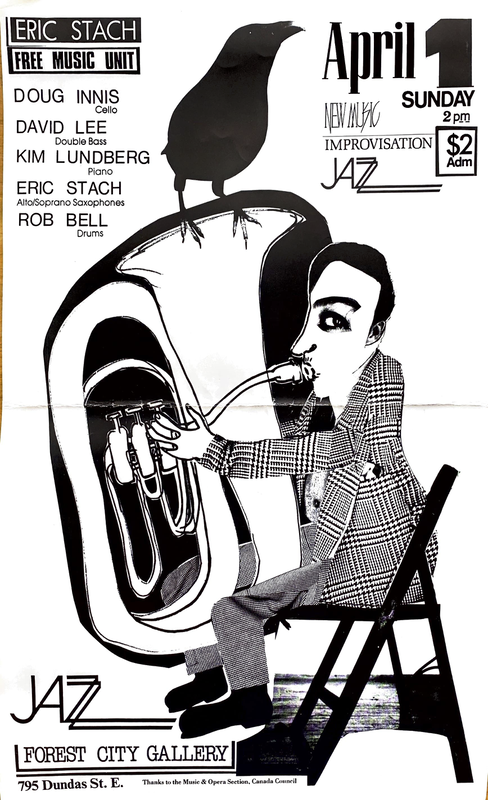
 RSS Feed
RSS Feed



